Newly released Netflix TV series, Heartstopper, has thundered into the national consciousness in recent weeks.
For a sweet, zippy drama aimed at teenagers, it has stimulated a wide-ranging conversation about LGBTQ+ representation in British culture among audiences of all ages.
One of the show’s most powerful assets is its insistence on joy. The blossoming of a teenage romance between two boys is rarely depicted as, at its core, a simple thing.
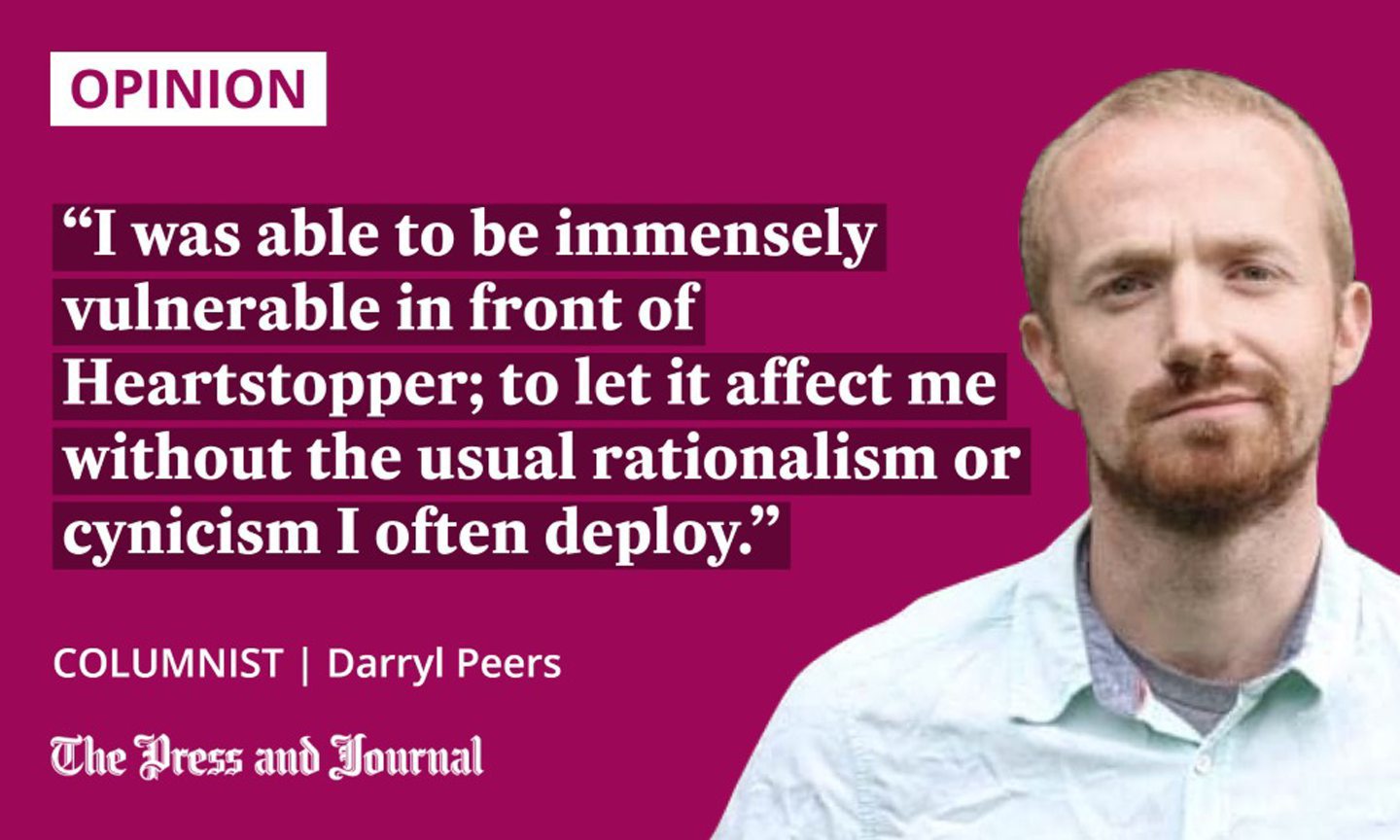
It is practically a tradition for queer representation in TV shows or film to focus on often harrowing experiences of homophobia, transphobia, and loss. Much as it is important for the negative consequences of these to be depicted, as Channel 4 series It’s A Sin has proven, sadness is only one aspect of queer life.
Among programmes offering more positive narratives, in-built unrealities often blunt the audience’s ability to connect. In the case of Netflix’s Sex Education, for example, its placelessness, its articulate dialogue, its reliance on coincidence for important plot developments, and the casting of adult actors in teenage roles pushes it towards the genre of escapist fantasy.
Feasible depictions of joy
Heartstopper is based on a web comic, written by Alice Oseman, who also adapted it for TV. In interviews, she has emphasised how important she felt it was that the show was “set in Britain” and that its teenagers were played by “real teens”. She writes dialogue for her characters that is frequently spare and awkward.
These choices are important for creating Heartstopper’s “real” feel. And, it’s the real feel that lends power and substance to the “joyful” relationship between Charlie and Nick at the show’s centre.
Happy stories can sometimes feel unrealistic or naïve. In the case of Sex Education, while it offers several positive representations of queer relationships and identities, it does so in a context rifled with improbabilities. In that way, although the show looks as if it is set “in the real world”, it might be considered no less fantastical than a dragon-packed episode of Game of Thrones.
A sad story often seems more feasible. This is certainly the case with It’s A Sin, which shines a light on regularly overlooked realities in the UK’s recent history concerning the HIV and AIDS crisis and Section 28.
Heartstopper’s achievement is that it offers feasible depictions of joy. It is this quality that has meant adult queer viewers have connected with the series, with many saying that it shows the youth they might have had if not for an assortment of stigmas and laws.
I was able to let my guard down while watching
This chimes with how I felt watching it. A few minutes into the first episode, I realised I could trust it. I could let my guard down and root for the two characters to get together; it wasn’t going to make me feel foolish for becoming invested in that outcome by making one of them straight in the end.
My chest was raw with feelings I didn’t – and still don’t – understand
And, it’s because my guard was down that I reacted to the show so emotionally. My chest was raw with feelings I didn’t – and still don’t – understand. I was able to be immensely vulnerable in front of the programme; to let it affect me without the usual rationalism or cynicism I often deploy to protect myself against series where queerness is tokenised, oversimplified, or ascribed an inherent relationship with tragedy or trauma.
manifesting:
🕯 🕯
🕯 🕯
a love
🕯 like 🕯
Nick & Charlie
🕯 🕯
🕯 🕯— Netflix Canada (@Netflix_CA) May 9, 2022
When Heartstopper raises the possibility that Nick fancies a girl despite his chemistry with Charlie, the script nods to a turn it might have taken: introducing an obstacle that reinstates a realistic straightness to an unrealistically queer love story.
Minutes later, the threat is quashed when the girl turns out to be a lesbian who helps Nick explore his own sexuality. I felt so happy, I cheered.
Space for so many more (Scottish) stories
When handling LGBTQ+ representation, in which uncomplicated depictions of joy are so rare, a writer holds a lot of power over their viewers’ perceptions of themselves as they depict queer relationships.
It’s a responsibility that Heartstopper knows it is holding. Even a joyful story like this elicits a lot of melancholy. I felt that, too: a grief for the adolescence that might have – perhaps should have – been.
That being said, Heartstopper is set in a thoroughly English world. For all the kinship I felt with it, it reminded me that I’ve never seen a story like this in a Scottish context.
Writing a novel, as I am at the moment, set entirely in the north-east of Scotland, it’s not lost on me that perhaps the story I’m hoping will be told is my own. But, there is space for so many more.
The joy of queer Scots takes many forms, and we need stories which insist that this is, and can be, the case.
Darryl Peers is a writer from the north-east of Scotland
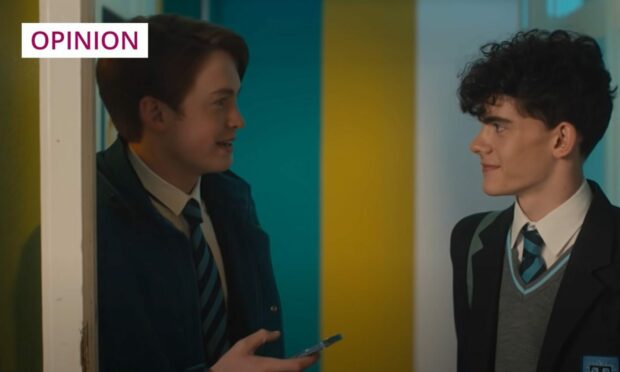
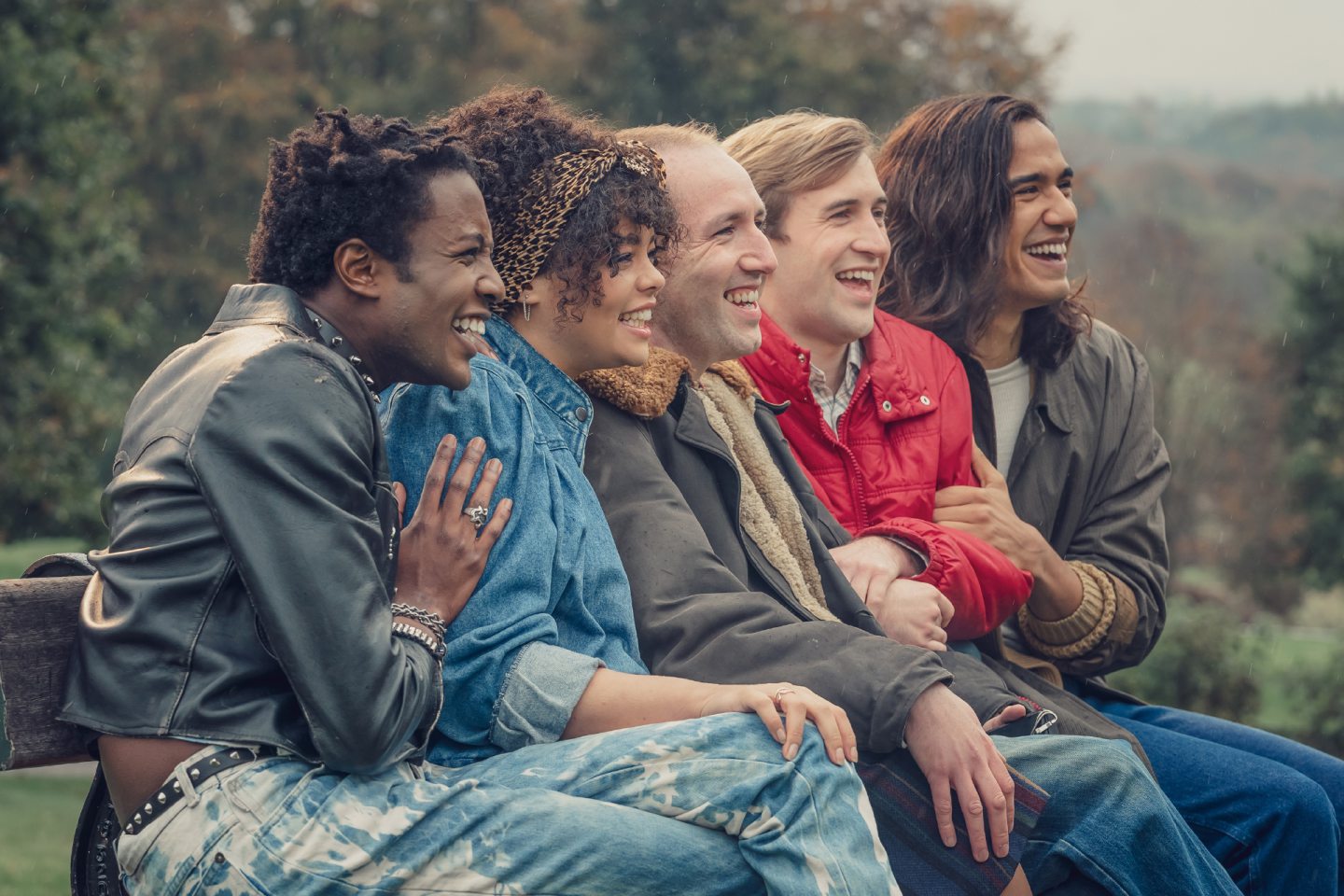
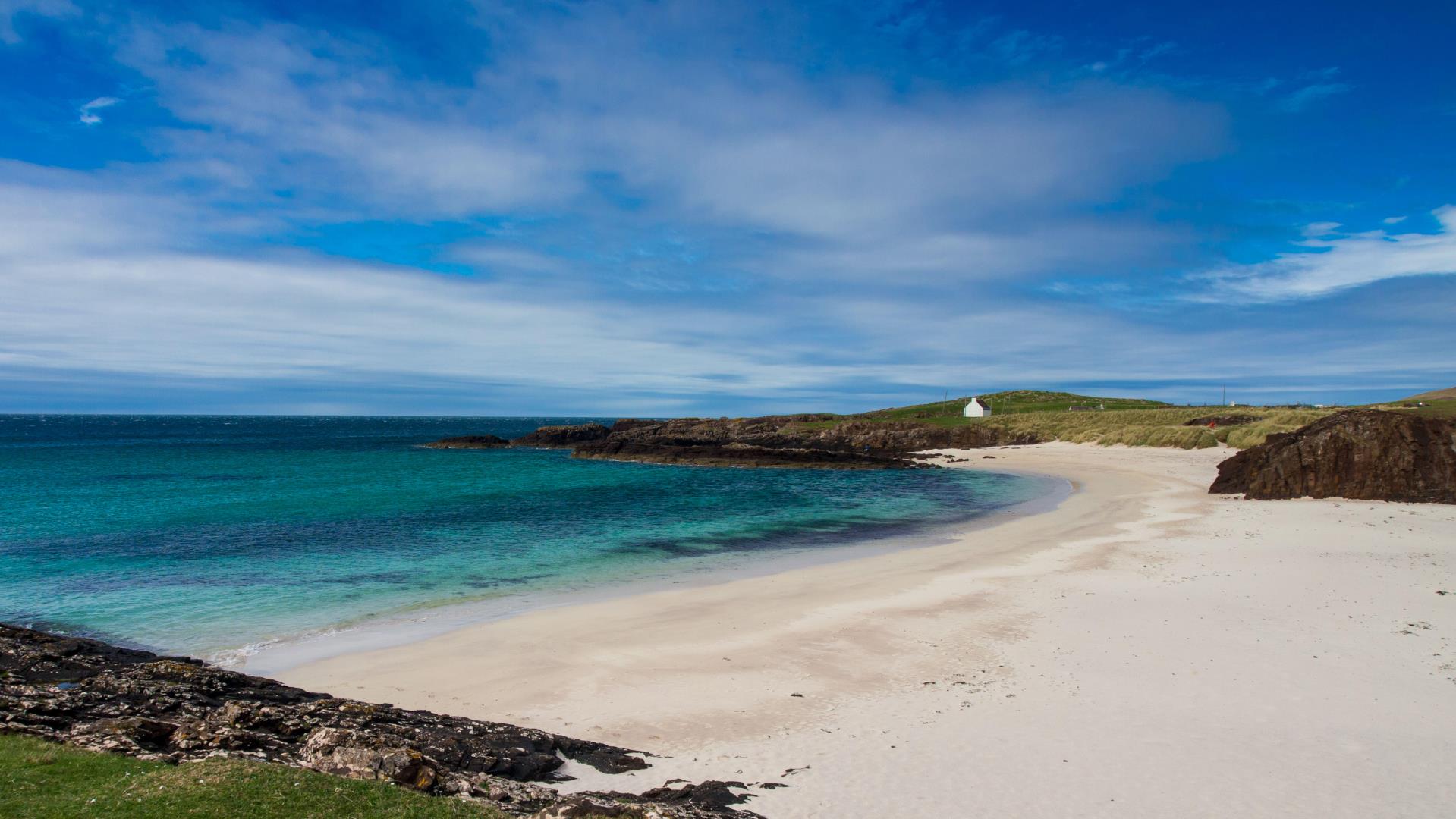
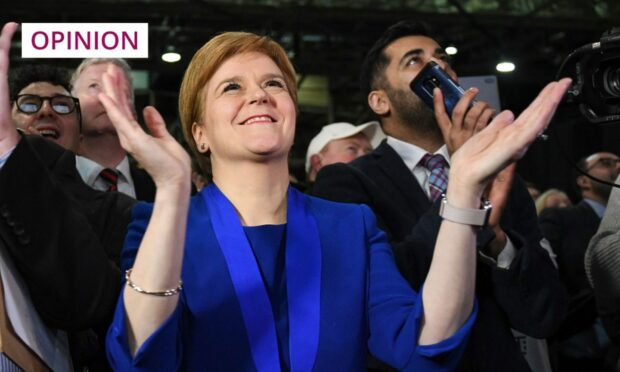

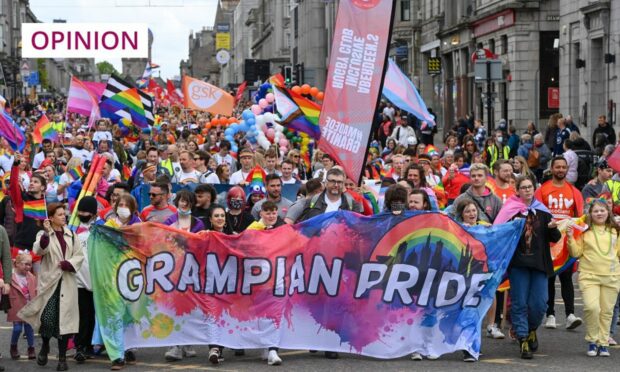
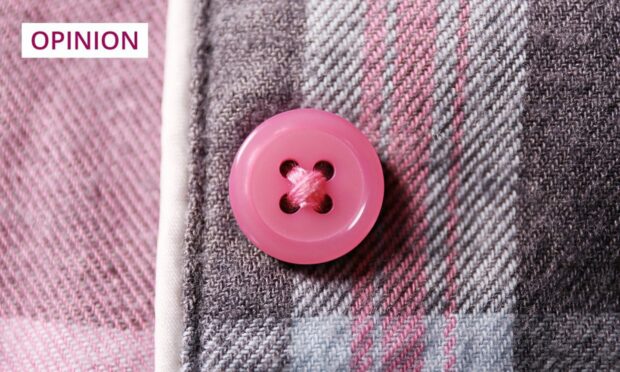
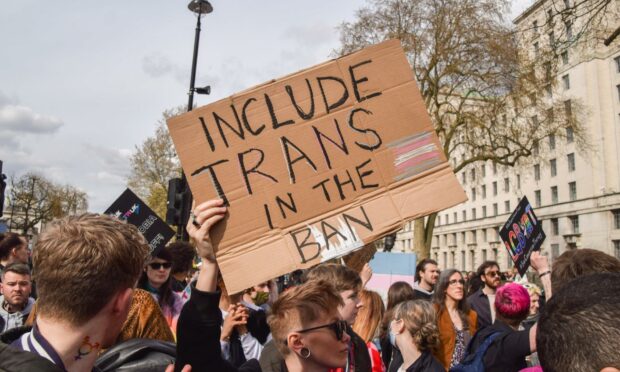










Conversation